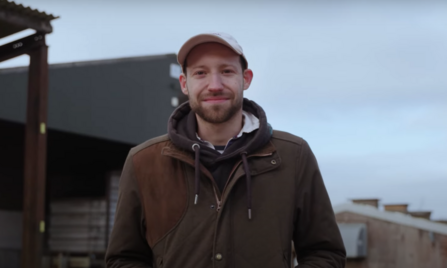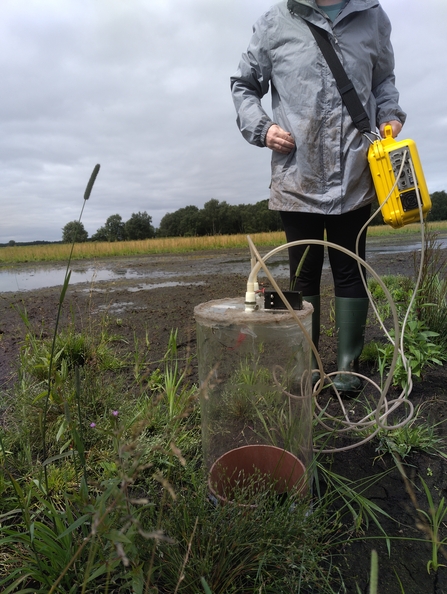Gore House Farm near Liverpool and The Wildlife Trust for Lancashire, Manchester and North Merseyside have had a year-long extension to their wetter farming project until March 2026.
Many farms across the North West of England sit on areas of drained lowland agricultural peat. Where once natural peat bogs flourished, over time the land has been drained and converted to agriculture. However, some of this land is now becoming increasingly difficult to farm due to high rainfall and waterlogged land.
The physical difficulty of farming on waterlogged land isn't the only problem either. When peat is drained it causes the carbon that was once stored there to be released as carbon dioxide - a greenhouse gas. Three per cent of UK greenhouse gas emissions come from drained lowland agricultural peat soils alone (Centre for Ecology and Hydrology, 2025: https://lowlandpeat.ceh.ac.uk/)
There is a solution; wetter farming, also known as paludiculture. By working with the naturally higher water table of the land, the peat and the carbon stored within it can be protected. By growing crops which thrive in these boggy conditions, the land can be kept productive and still generate an income for the farm.
To investigate how wetter farming works in reality, the Wildlife Trust for Lancashire, Manchester and North Merseyside has been working with the Edwards family from Gore House Farm, growing a crop of bulrushes on a re-wetted field.


